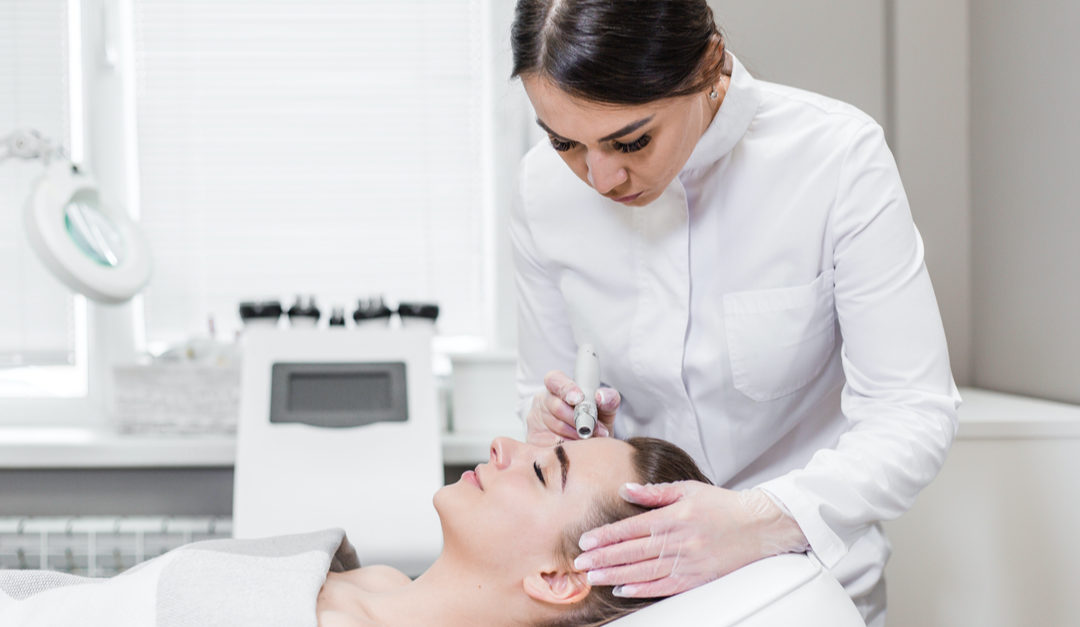Medical Spas are a fairly new and rapidly growing area in medicine. A Medical Spa is a combination of a Spa and a Medical Office. There is no universal legal standard of what a Medical Spa is. Usually, Medical Spas offer some kind of non-surgical appearance or life enhancement procedures – from Botox, to CoolSculpting, to IV Hydration, to Hormone Replacement Therapy.
Usually the procedures offered at a Medical Spa are elective in nature, meaning people can choose to get them, or not. They are life enhancing, but they are not typically covered by insurance. The overall goal of many of the procedures offered at most Medical Spas are rejuvenation or anti-aging.
Medical Spas in most states are overseen by a Medical Director. Depending on the state, that person may be a Doctor, a Physician Assistant, or a Nurse Practitioner. Also, depending on the state, that person may be in the room, somewhere on site, or completely off-site.
The people performing procedures at Medical Spas are typically Aestheticians, Nurses, Nurse Practitioners, Physician Assistants, and Doctors. It all depends on the state and on the procedure.
Many Medical Spas do not look or feel like traditional doctor’s offices. They are relaxing and spa-like, with comfortable furniture, good music, and a customer-service focused staff.
Medical Spas offer aesthetic procedures, with medical grade efficacy in a calm and relaxing environment. These aesthetic treatments can include things like facials and peels available at traditional spas, and also face filler injections for reducing wrinkles or for restoring volume loss in the face, laser therapies for repairing sun damage or hair removal, or even Coolsculpting and other fat loss solutions. Medical Spas also have the opportunity to sell medical grade skin care products that may further enhance the benefits of the procedures they offer.
One of the biggest benefits of going to a Medical Spa, over a regular Day Spa, is that there is usually a Medical Provider on site or at least on staff. The Medical Provider reviews the work of the Aestheticians or Nurses at the practice who perform the procedures and can also provide a more detailed medical analysis. The added oversight of a medical professional makes procedures at Medical Spas relatively safer than the procedures offered at other establishments.
The providers at the Medical Spa, which are the people who do the procedures, are also commonly more well trained than those at Day Spas, as they are mostly Aestheticians, Registered Nurses, or Nurse Practitioners. States have varying regulations in relation to Medical Spas, but medical professionals must always be on staff if not on site.


